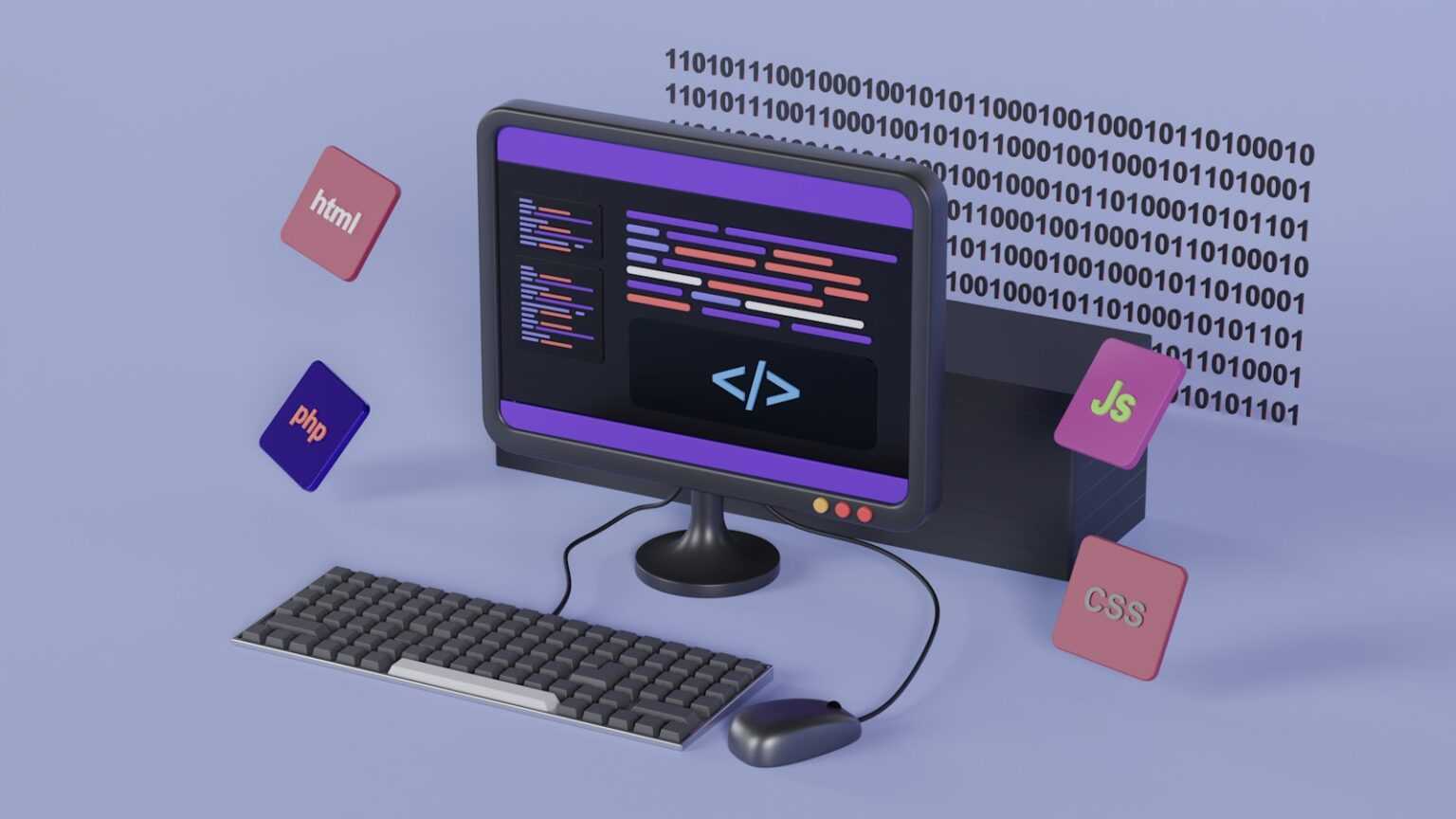To enhance transaction confidentiality without inflating data size, short and compact cryptographic attestations are indispensable. Bulletproofs provide a method to verify that committed values lie within a certain interval, enabling privacy-preserving transactions while maintaining minimal proof lengths.
These verification techniques drastically reduce communication overhead compared to traditional methods, making them highly suitable for blockchain environments where scalability and speed are critical. By leveraging logarithmic-sized arguments, such attestations maintain strong security guarantees with limited computational demands.
Integrating this approach into confidential payment protocols allows participants to confirm correctness of amounts without revealing sensitive information. This balance between privacy and transparency fosters trust and protects user data in decentralized financial interactions.
Bulletproofs: Efficient Range Proof Systems
To verify that transaction amounts lie within a specific interval without revealing their exact values, cryptographic constructs based on zero-knowledge principles are indispensable. Bulletproofs offer a succinct method for validating such constraints, reducing communication overhead and computational demands compared to earlier techniques. Their application ensures that confidential transactions maintain privacy while supporting scalability in blockchain environments.
The core advantage of bulletproof-based validations lies in their logarithmic size relative to the value range, enabling rapid verification even when multiple commitments are aggregated. This compression allows practical deployment in permissionless ledgers where bandwidth and latency directly impact user experience. By minimizing proof sizes, these constructions facilitate more frequent confidential transfers without compromising throughput.
Technical Foundations and Verification Process
Bulletproofs utilize inner-product arguments to encode validity statements about committed values efficiently. Each transaction encodes an encrypted amount alongside a zero-knowledge demonstration that it falls within an allowed interval – typically from zero up to a pre-defined maximum. The prover generates vectors representing bits of the amount and employs cryptographic commitments combined with challenge-response interactions to convince verifiers without disclosing sensitive data.
This structure is supported by elliptic curve cryptography, leveraging group operations for both commitment generation and proof verification. The logarithmic complexity emerges from recursive aggregation of smaller proofs into a single compact transcript. Experimental implementations demonstrate that verifying hundreds of such proofs simultaneously requires only milliseconds on standard hardware, making them attractive for real-world blockchain use cases demanding high throughput.
- Transaction confidentiality: amounts remain hidden yet verifiably valid.
- Reduced communication: proof sizes shrink significantly compared to traditional methods like range proofs based on set membership or cut-and-choose protocols.
- Batch verification: multiple proofs can be checked collectively, optimizing node resource consumption.
Case studies on cryptocurrency platforms employing this technology reveal notable improvements in privacy-preserving transfer efficiency. For instance, Monero integrated bulletproof variants to replace bulky range validation schemes, resulting in transaction size reductions exceeding 80%. Such optimizations enable lighter wallets and faster network propagation without weakening auditability or compliance mechanisms embedded into protocol rules.
The adaptability of this approach extends beyond financial transactions; it supports confidential data disclosures within decentralized applications requiring bounded-value guarantees without revealing underlying secrets. Research continues exploring hybrid models combining bulletproof-inspired techniques with post-quantum assumptions, aiming to future-proof privacy assurances under evolving threat landscapes.
Implementing Bulletproofs in Cryptography
To achieve confidential transactions without sacrificing scalability, integrating bulletproofs offers a compelling approach. These cryptographic constructs generate succinct attestations that verify numeric constraints on concealed values without revealing the data itself. Their compact size significantly reduces bandwidth consumption compared to earlier zero-knowledge methods, enabling practical deployment in blockchain environments.
Applying bulletproofs involves creating a non-interactive mechanism whereby a prover convinces verifiers that secret inputs lie within prescribed boundaries. This obviates the need for trusted setups and enhances privacy by preventing leakage of sensitive information during validation. Consequently, they serve as an integral component in privacy-focused ledgers aiming to shield transaction details from third parties while maintaining auditability.
Technical Foundations and Construction
The core advantage of bulletproofs lies in their logarithmic proof length relative to the size of the input range, achieved through inner-product arguments combined with elliptic curve commitments. Instead of linear-size proofs typical for traditional protocols, these attestations remain short, enabling efficient verification even on resource-constrained nodes. Implementers must carefully optimize scalar multiplications and hash functions to uphold both speed and security guarantees.
By employing Pedersen commitments, one can conceal amounts within transactions while using bulletproofs to prove that those values fall inside acceptable intervals (e.g., non-negative balances). This technique directly supports privacy-centric currencies like Monero, where it underpins confidential transfers by assuring correctness without exposing actual figures. Experimentation with batch verification further accelerates throughput by validating multiple proofs simultaneously.
- Step 1: Commit to secret values using cryptographic blinding factors.
- Step 2: Generate a proof demonstrating these commitments encode numbers within defined bounds.
- Step 3: Transmit the compact evidence along with the transaction data for validator inspection.
- Step 4: Verify the proof efficiently using elliptic curve operations without accessing underlying secrets.
This systematic procedure ensures confidentiality while preserving trustworthiness across decentralized networks.
The table summarizes key performance metrics critical when considering integration into live financial frameworks seeking enhanced secrecy alongside integrity assurance.
Pioneering research prototypes show that leveraging bulletproofs significantly improves transaction confidentiality while maintaining network scalability. However, developers should remain vigilant about side-channel resistance during implementation phases and ensure robust randomness sources underpin all cryptographic primitives involved. Continuous profiling and iterative refinement based on experimental results will deepen understanding and optimize effectiveness throughout production cycles.
Optimizing Proof Size and Speed
Minimizing the length of validation data in cryptographic protocols directly enhances privacy by reducing the exposed metadata within a transaction. Shorter attestations, such as those derived from bulletproof architectures, enable concealment of sensitive numerical boundaries without compromising trustworthiness. For instance, compared to earlier methods generating proofs several kilobytes long, these compact validations typically compress below 1 kB, cutting bandwidth and storage demands significantly.
Acceleration of verification processes is equally critical for scalability in distributed ledgers. The logarithmic complexity inherent in succinct attestations facilitates rapid confirmation even on resource-constrained nodes. Experimental benchmarks reveal that verifying short-range commitments can be performed in under 10 milliseconds on mainstream hardware, a substantial improvement over linear-time alternatives. Such performance gains support higher throughput and responsiveness in permissionless networks.
Technical Insights into Compact Range Verifications
The design principle behind these concise attestations relies on inner-product arguments that recursively reduce proof components, enabling simultaneous compression and integrity preservation. This recursive approach contrasts with traditional range verifications requiring multiple discrete validations per digit or bit segment. By aggregating constraints into a single succinct statement, the protocol eliminates redundant computations and data transmission overhead.
Practical implementations demonstrate that integrating these streamlined attestations into transaction workflows improves end-to-end efficiency without sacrificing confidentiality guarantees. Case studies involving confidential asset transfers show a reduction of communication rounds while maintaining zero-knowledge properties. Researchers continue refining parameter selection to balance proof size against computational effort, offering customizable trade-offs tailored to specific blockchain environments.
Integrating Bulletproofs with Blockchain
To enhance transaction confidentiality on blockchain networks, implementing bulletproof cryptographic techniques allows validation of numerical constraints without exposing the underlying data. These short, non-interactive arguments enable proving that a committed value lies within a specified interval while maintaining the secrecy of amounts involved. Incorporating such methods directly into transaction protocols significantly reduces data overhead compared to traditional verification approaches, which often rely on bulky interactive proofs.
When embedding these compact attestations into confidential ledgers, their logarithmic size relative to the input range ensures scalability even as systems grow. For example, in privacy-focused cryptocurrencies like Monero, adopting these constructs has cut transaction sizes by over 80%, accelerating block propagation times and reducing storage demands without compromising security guarantees. This demonstrates how leveraging succinct commitments can balance transparency and discretion effectively.
Technical Integration and Validation
Implementing these cryptographic attestations requires modification of transaction construction processes to include additional commitment parameters and proof elements. Each output must be accompanied by a short, verifiable declaration confirming that its amount resides within acceptable bounds, preventing overflow or negative values without revealing precise figures. Verification algorithms operate efficiently by exploiting elliptic curve operations optimized for this task.
Experiments conducted on testnet environments reveal that integrating these proofs results in a mere 10-15% increase in computational load during verification phases–an acceptable trade-off given the heightened privacy levels attained. Importantly, batch verification techniques further mitigate performance costs by aggregating multiple attestations into a single check, thereby expediting consensus mechanisms and sustaining throughput under heavy transactional volumes.
- Step-by-step methodology: Commit to each amount using Pedersen commitments;
- Create a compact witness demonstrating compliance with predefined numeric intervals;
- Attach the proof alongside the transaction payload;
- Validate proofs upon block acceptance using efficient elliptic curve pairings;
- Leverage batching to verify multiple transactions simultaneously for network efficiency.
This procedural framework fosters secure yet private asset transfers by mathematically guaranteeing correctness without leaking sensitive information. It invites developers to experiment with customized parameter settings tailored to diverse blockchain architectures and threat models.
The data above illustrates dramatic improvements in storage requirements while maintaining practical verification speeds when compressing transactional assurances about confidential values within safe numerical ranges.
A promising avenue for future experimentation involves combining these short attestations with zero-knowledge frameworks supporting more complex statements beyond simple interval checks. Such integration could empower multi-dimensional confidentiality protocols encompassing identity attributes or conditional logic embedded directly on-chain. Researchers are encouraged to prototype hybrid models exploring this frontier through incremental testing phases aligned with rigorous cryptographic audits.
Troubleshooting Common Errors in Confidential Transaction Implementations
Begin by verifying the integrity of the range verification parameters embedded within the confidential transaction. Mismatches in scalar values or curve points often cause invalid attestations, undermining the assurance of privacy and correctness. For instance, incorrect nonce usage during proof generation can invalidate a succinct cryptographic guarantee, resulting in rejection by network validators.
Ensure that the aggregation of these non-interactive attestations maintains a consistent balance between transaction inputs and outputs without revealing amounts. Faults in this step typically manifest as failed transaction broadcasts or silent consensus failures. Experimentally, adjusting the blinding factors while maintaining zero-knowledge constraints confirms whether errors stem from key mismanagement or serialization issues.
Key Insights and Future Directions
- Shortened proofs reduce computational overhead, but even minor deviations in protocol adherence can disrupt validation pathways, highlighting the necessity for rigorous parameter calibration.
- Confidential commitments require meticulous synchronization between sender and receiver states to prevent desynchronization errors that compromise transaction finality without exposing value data.
- Optimizing these proofs enhances transactional throughput, enabling scalable privacy solutions that remain robust against active adversarial probing attempts.
The evolution of these zero-knowledge methodologies will likely focus on minimizing verification latency while preserving maximal concealment of sensitive data. Incorporation of adaptive algorithms capable of auto-correcting minor inconsistencies during proof assembly could further streamline deployment across heterogeneous blockchain platforms.
Continuing experimental research into multi-party computations integrated with such compact attestations promises to extend privacy guarantees beyond simple range assertions toward fully composable confidential contracts. This progressive layering invites a future where transactional confidentiality no longer imposes prohibitive resource demands but becomes a seamless feature embedded at protocol level security.








